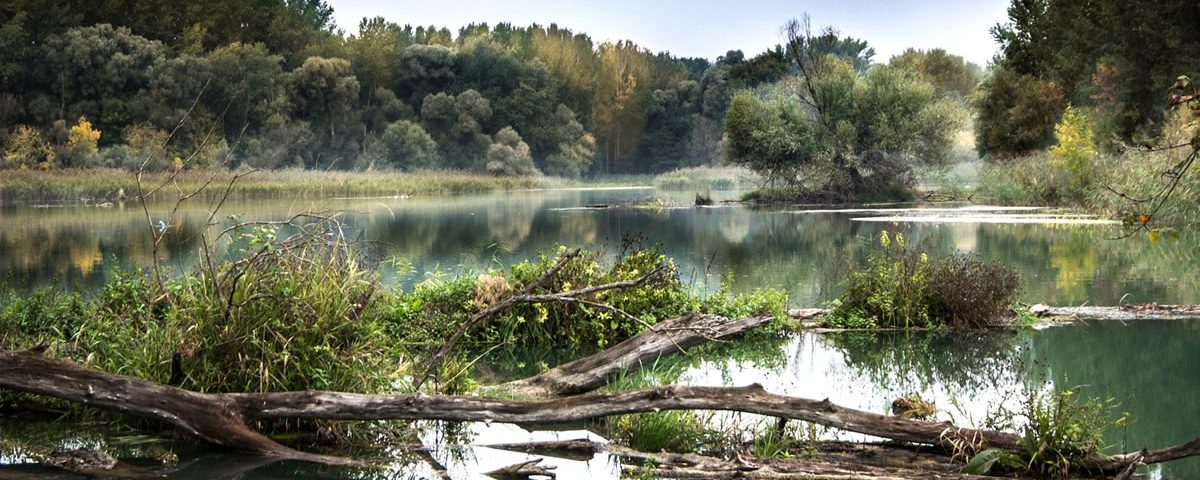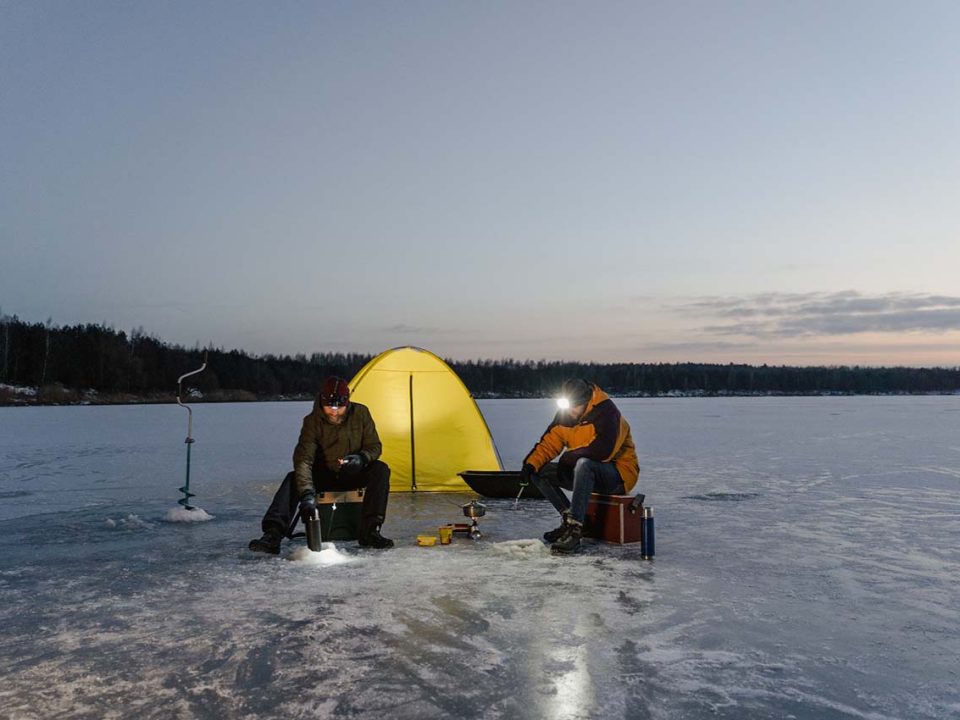
Whenever I fish a new body of water I always try to learn as much as possible about the surrounding area. In this article I will try to give some insight into how to categorize different types of water and their characteristics, we will look at rivers, both tidal, and single current, lakes, manmade, and natural, and hopefully give you the keys to reading and really learning the water you fish. Tidal Rivers are without a doubt the hardest water to read, this is because they are altered by man and nature twice daily.
The Hudson and Connecticut rivers are prime examples around our area. I will only touch on this subject briefly because their basic characteristics are the same as single current rivers, each day the tide comes in and goes out the bass know this, and they're only a dumb fish so you have to know this. On an outgoing tide or incoming tide the fish know to go to areas where the current pulls food out of shallow flats, back bays, coves, these areas are generally deeper than the surrounding bottom contours. You may ask yourself why? Because every day, and every night the water goes in and out through that very same area taking with it a buffet table for any Bass just sitting and waiting behind every rock nook and cranny on the river. SO HERE IS THE KEY FIND WHERE A FLAT DUMPS INTO A SECONDARY CHANNEL NEAR THE MAIN RIVER CHANNEL WITH COVER AND LET THE TIDE WORK FOR YOU!! The second thing unique about this type of river is men building various structures on the river, on the Hudson we have squared off points, lighthouses, and barge cribs. All of these alter the flow and the Bass uses all of these at different times of the year. However, we must remember these areas have to have water on them 24 hours a day. So we should be conscious of the tide all day long. Keys to river success is being able to duplicate areas of success not only by the type of structure but also by time of success by either running up or downstream to use the tide to our advantage because the tide is never ever the same everywhere on these rivers.
Now for some basic trout fishing info, every good trout fisherman knows how current positions trout in a stream and every good Bass fisherman knows Bass are much smarter than those pellet eating soft-rayed fish raised to put extra meat on large Bass, but for some reason, Bass fishermen don't see the connection. How simple do they have to make it everything in a river is currently connected the shallower or the narrower the faster the current this is a basic law of physics? Outside bends are always deeper than inside bends any time something interrupts flow you have a key break, any time a manmade object interrupts flow fish behind it! The top half of a river flows faster than the bottom half. These are the keys to reading water on a river Pay attention to the angle the bank enters the water it is a good indication to the depth and current speed in that area. Look for areas were roadways or railways run next to the bank because man constantly fights erosion with rocks or fill great fish-holding areas. Try to remember after rain the river will get muddy but the color will change from top to bottom as the plume moves downstream so you can find clearer water by changing location. One thing rivers have that other bodies of water don' t the are the least affected by cold fronts. The fish in rivers are least affected by weather and their location is far more predictable than that of lake fish. The key to remember is on a river current dictates not only the location but the presentation, this is the most important thing any Bass fisherman can learn " LOCATION DICTATES PRESENTATION " anywhere any time any place this is a universal truth! Next month in part two we will discuss reading water in lakes and impoundments.




